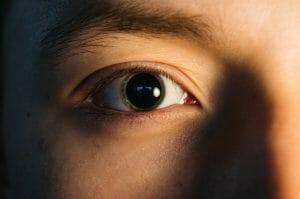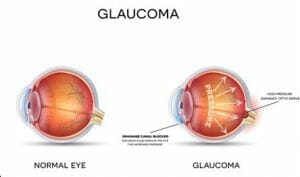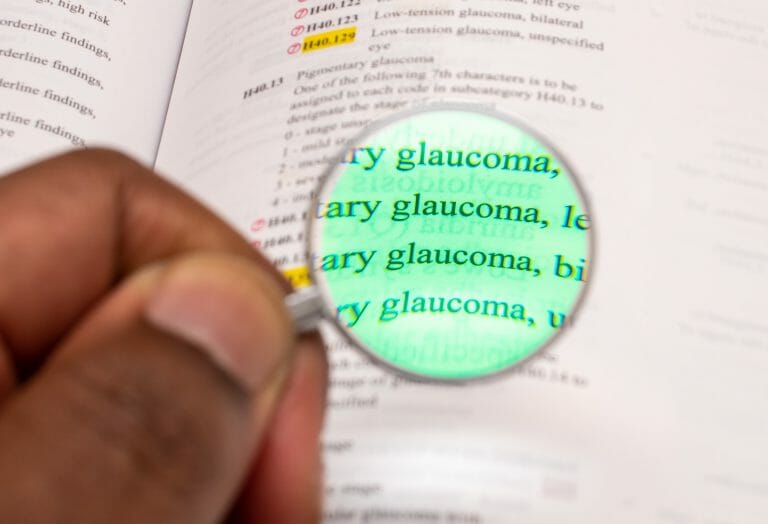Glaucoma is the second leading cause of loss of sight all around the world. It can be helpful if you know some facts and tips about it. Following are some important tips for treatment and prevention and some research updates about glaucoma.
- More than 1.8 million people have glaucoma in Pakistan, and about half of them have already lost their vision permanently. The main cause of this loss of eyesight is a delay in diagnosis and treatment. The number is estimated to be more than double in 30 years by 2050. Though it is the second leading cause of loss of eyesight in developed countries, ongoing research and increased awareness may reduce the number of patients.

- Anyone, regardless of age and race, can develop glaucoma. Though people over the age of 45 are more likely to have glaucoma, babies and children can have a unique form of early-onset glaucoma as well. However, the following groups have a higher risk of having glaucoma:
- People with a history of glaucoma in the family
- People over 60 years of age
- African Americans over 40 years of age

- A comprehensive dilated eye exam is one of the best ways to diagnose glaucoma earlier. For a comprehensive dilated eye exam, your eye care practitioner will put drops in your eyes that will dilate the pupil. Then he/she will use a special magnifying lens to examine the eye and look for signs of problems at the back of the eye. That is why it is important that you get your eyes tested every year or two.
- Symptoms of glaucoma do not always show earlier. The absence of symptoms and lack of awareness prevent people from diagnosing glaucoma earlier. If glaucoma goes without treatment for a long time, the patient will slowly lose his peripheral vision first, and then central vision also gets affected over time.

- Glaucoma causes damage to the optic nerve of the eye. The optic nerve serves like a data cable attached to the back of the eye. It takes visual information to the brain, where it is processed. Glaucoma harms the nerve cells in the optic nerve, which disrupts the flow of visual information.
- Vision lost because of glaucoma cannot be restored. To save your vision, it is necessary that you diagnose and start treating glaucoma earlier to slow down or stop glaucoma progression.
- Eye pressure is one of the biggest risk factors for glaucoma. That being said, glaucoma can also develop without increased eye pressure, and not every person having increased eye pressure will develop glaucoma.
- Some medicines make the eyes less fluid while others decrease the pressure in the eye by draining fluid from the eye. Lower eye pressure is the only clinically proven treatment for glaucoma.
- Several types of research have been taking place to test a new drug-delivery system. Researchers are working on a drug-dispensing contact lens that can make using drops easier to use.
- New studies are making important discoveries and giving hope to patients with glaucoma. Following are some of the studies in these areas that are still in progress.
- Research on how retinal ganglion cells can be protected. Retinal ganglion cells make up the optic nerve.
- Experiment on turning patient-derived stem cells into retinal ganglion cells.
- Identification and analysis of three additional genes that cause the most common type of glaucoma.
- Discovery about a high expression of a short gene contributing to damaging eye pressures in glaucoma.
- Research on developing a method to test potential glaucoma progressions and its treatments.


